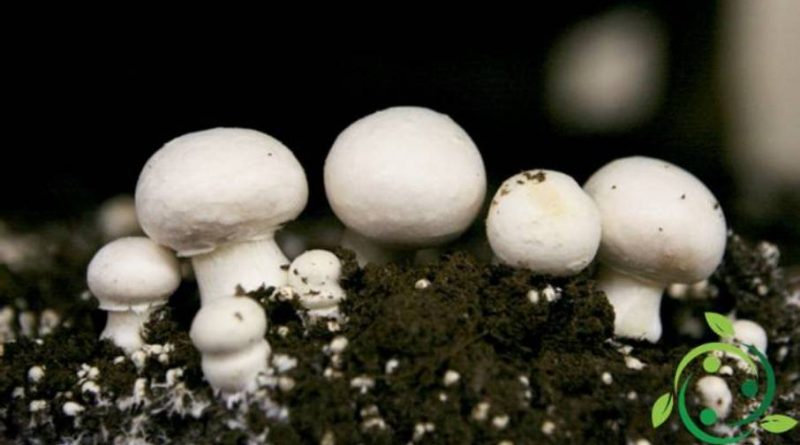How to grow field mushrooms
How to grow field mushrooms
Mushrooms (Agaricus bisporus (J.E. Lange) Imbach, 1946) better known by the French name of champignon, are mushrooms of the family of the Agaricaceae of easy cultivation on condition that some techniques are respected. In this sheet, therefore, we will see how to grow mushrooms and the most appropriate precautions. Leaving aside the production systems for the marketing of large quantities, which require protected and conditioned premises, we will focus on the cultivation that can also be done for domestic use. All you need is a garage, or a subscale, with controllable temperature and very low lighting, where you can cultivate. These are places where temperature and humidity are ideal for the growth of champignon mushrooms.
For convenience and practicality of cultivation you can start cultivation with some wooden boxes, such as those of fruit, in which to prepare the growing substrate and, if the boxes are more use shelves where to place them and with shelves at a distance that allow the collection of champignon mushrooms. These must be carefully washed, dried in the sun for a day, and covered with black plastic (such as trash bags). At this point the boxes must be filled for ¾ with the growing substrate. The ideal substrate is composed of fresh manure (equine or in the absence of a cow), straw and plant residues (leaves, etc.).
Now you have to mix well the components, compacting the substratum well and watering it every day without causing stagnation of water. This operation should be continued for 15-20 days to allow the substrate to ferment and then become suitable for the growth of the champignons. When the substrate reaches a temperature of 25 ° C then this is the time for inoculation.
The mycelium can be found in stores for gardening or agriculture or even online. The packages are in blocks of 2 cm thickness that must be crumbled and buried at a depth of 4 – 5 cm at a distance of 8-10 cm, taking care to place in each small hole obtained an amount equivalent to a tablespoon of mycelium . For the first 10 days the temperature of the room must be kept around 23 ° C, taking care that it does not enter the sunlight and is not ventilated. During this period the substrate should be irrigated every other day, avoiding stagnation of water. The incubation of the mycelium will begin, which can be noted for the formation of a whitish veil on the surface. At this point it is necessary to cover the substrate surface with a light layer (a few mm) of calcareous soil, previously sterilized (an oven will be enough to bring around 120 ° C for a couple of hours) and the ambient temperature must be lowered around 17 ° C to allow the development of champignons.
After about ten days you will begin to see the first real mushrooms that can be collected to the desired size (we recommend, however, never to open the hat to avoid excessive aging). The production of mushrooms will last for about a year, a period in which the humidity of the substrate must be kept constant with waterings carried out as usual without causing water stagnation.
The collection should be done gently with a rotation of the hand, without pulling them to avoid extracting their roots. In the spaces left by the cultivated mushrooms it is good to place the sterilized soil.

